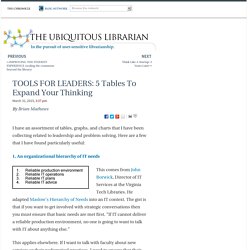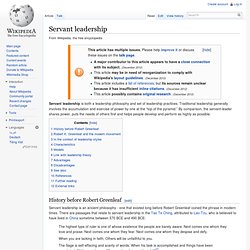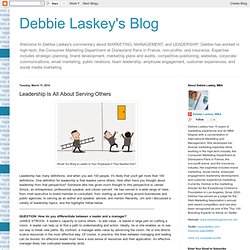

TOOLS FOR LEADERS: 5 Tables To Expand Your Thinking - The Ubiquitous Librarian. I have an assortment of tables, graphs, and charts that I have been collecting related to leadership and problem solving.

Here are a few that I have found particularly useful: 1. An organizational hierarchy of IT needs This comes from John Borwick, Director of IT Services at the Virginia Tech Libraries. He adapted Maslow’s Hierarchy of Needs into an IT context. This applies elsewhere. Takeaway: we might be excited about moving in new directions, but if our core services are lacking, people will be frustrated and less enthusiastic. 2. What I like about this table is that it provides three phases for projects: exploration, experimentation, and execution. Takeaway: this table can be helpful to consider an entire process. 3. Great book. Takeaway: a path for shifting focus into a more consultative role where we help people find solutions and shape their ideas. 4. This one tackles the challenge of “doing more with less” and responses with “do less but better.”
Servant leadership. Servant leadership is both a leadership philosophy and set of leadership practices.

Traditional leadership generally involves the accumulation and exercise of power by one at the “top of the pyramid.” By comparison, the servant-leader shares power, puts the needs of others first and helps people develop and perform as highly as possible. History before Robert Greenleaf[edit] Servant leadership is an ancient philosophy - one that existed long before Robert Greenleaf coined the phrase in modern times. There are passages that relate to servant leadership in the Tao Te Ching, attributed to Lao-Tzu, who is believed to have lived in China sometime between 570 BCE and 490 BCE: The highest type of ruler is one of whose existence the people are barely aware.
Chanakya wrote, in the 4th century BCE, in his book Arthashastra: Servant leadership can be found in many religious texts, though the philosophy itself transcends any particular religious tradition. Robert K. Characteristics[edit] Servant Leadership. Takeuchi and Nonaka have written an article on Leadership in the Harvard Business Review.

The latest issue. Since they are the godfathers of Scrum, one feels compelled to discuss leadership in the context of Scrum. First. we must note this is a big topic, and with somewhat different issues depending on the size of the firm. Also, leadership is separable from lean-agile-scrum. Within the context of Scrum, let's over-simplify and consider leadership at three levels. Within the team. We find that the most important thing that a team does is create knowledge. We find that power and knowledge creation do not go well together. And the innovation, the new new product, must be not only clearly new, but also relevant to the customers. So, inventing a new product is somewhat like magic. So, perhaps you can see now why power and creativity do not work well together. Leadership and power are not the same thing. The Product Owner and the ScrumMaster are often thought to be leadership roles. Servant Leadership and Constructive Development Theory. Developing Servant Leaders.
Three Tips for Becoming a Servant Leader. Leadership Is All About Serving Others. Leadership has many definitions, and when you ask 100 people, it's likely that you'll get more than 100 definitions.

One definition for leadership is that leaders serve others. How often have you thought about leadership from that perspective? Someone who has given much thought to this perspective is James Strock, an entrepreneur, professional speaker, and citizen servant. He has served in a wide range of roles, from chief executive to board member to consultant; from starting up and turning around businesses and public agencies; to serving as an author and speaker, adviser, and mentor. Recently, Jim and I discussed a variety of leadership topics, and the highlights follow below QUESTION: How do you differentiate between a leader and a manager?
QUESTION: What three things can an individual do to inspire others? QUESTION: How can an individual gain respect without a leadership title? QUESTION: What three things can individuals do to create a positive leadership legacy? How Great Leaders Serve Others: David Marquet at TEDxScottAFB. Leadership With Simon Sinek: Serving Those Who Serve Others.